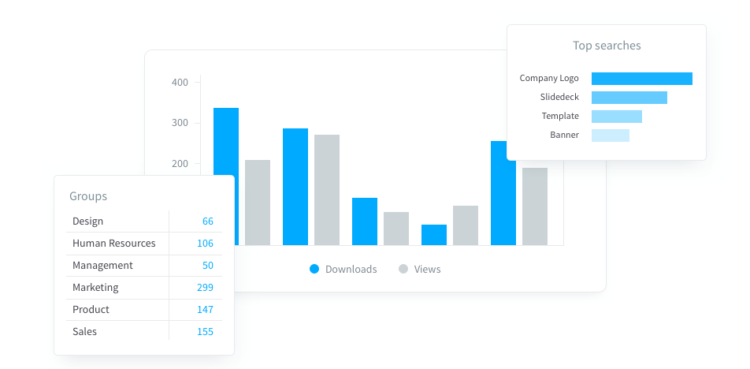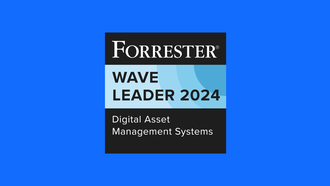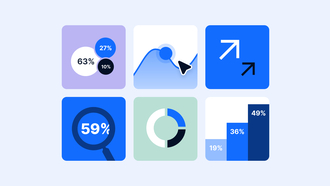Marketing managers all know the story of creating a campaign that you thought was destined for success: a truly innovative—and original—idea! Your audience will love it; you can just feel it in your gut.
Only, after championing and cheerleading your campaign—pouring in your team’s efforts, resources and time (you know it’ll be worth it, you just know it!) to get the initial idea off the ground and out to the masses...the campaign is dead in the water before it’s even begun. *Cue the team finger-pointing and that unenviable “post-mortem” meeting with the boss.*
This situation is just part and parcel of the content marketing game, right? You win some, you lose some. Shrug it off, and on to the next campaign…
Only, this is 2019. We live in a world where 'big data' empowers, connects, and optimizes everything. You’ll be hard pressed to peruse any modern marketing blog, video, or the like without being told to “be more data-driven”.
While it may sound abstract and complicated, experts are extolling the virtues of big data for a reason. The ongoing evolution of technology has led to a data-driven revolution that has flipped the marketing playbook on its head. With the right data at your fingertips, marketers can get inside the heads of their target audience and create content that is more personalized, engaging, and relevant to the individual consumer.
By being data-driven—not gut-driven—marketing managers can deliver campaigns based on facts, not guesswork. And that is critical to #CreateMore content ROI: with so much competition and content clutter to cut through, companies can’t afford to invest in content that fails to strike a chord with consumers, nonchalantly adopting a ‘rinse and repeat’ attitude to content creation.
Instead, the cliched mantra of “work smarter, not harder” should apply: marketers need to leverage big data to not only inform decisions about what content to create, but also to keep track of what content is actually working and what’s not, and optimize accordingly.
And this is what Bynder Analytics is all about: providing marketing managers with the data they need to prove content ROI, optimize campaigns, and actually measure the value of their content creation efforts.
Traditionally, with no insight into asset usage, marketing teams have been focused on creating as much branded content as possible. With Advanced Analytics, they now have the insights to create only valuable and strategic content that demonstrates ROI, without wasting time and money on digital content that doesn’t get used.Chris Hall
CEO at Bynder
So how does Bynder Analytics actually help marketers #CreateMore ROI?
Fundamentally, Bynder Analytics provides marketing teams with crystal-clear data insights at each stage of the content lifecycle—before and after it’s gone live.
For instance, marketing managers can get a visual overview of customer case studies they’ve created in the last 6 months and see exactly which assets get the most views, downloads, and shares by department, region, and job role.

And even as a marketing campaign progresses from conception to publication, Analytics provides a handy overview of outstanding jobs, who’s responsible for what in your team, and recognizes potential bottlenecks in any given project.
That way, content optimization is integral to the entire content marketing process: users get the data they need to recognize how content is being used, who is using it, what’s popular, and ultimately discover the true value of their work.
Bynder has provided us with a place to visually see our vast array of assets, increasing their usage and, in turn, their ROI per use. We are also more easily able to share assets internally to support our global team and third parties such as retailers and media.Sarah Bartholomew
GM Marketing at Mons Royale
Book a demo with our experts to see for yourself how you can #CreateMore ROI with Bynder Analytics
If you'd like a walkthrough of the Bynder platform with one of our experts, why not sign up for a demo? We’ll give you a demonstration of the features & functionality that you think may fit your team's needs, as well as answer any questions you may have about using Bynder.












